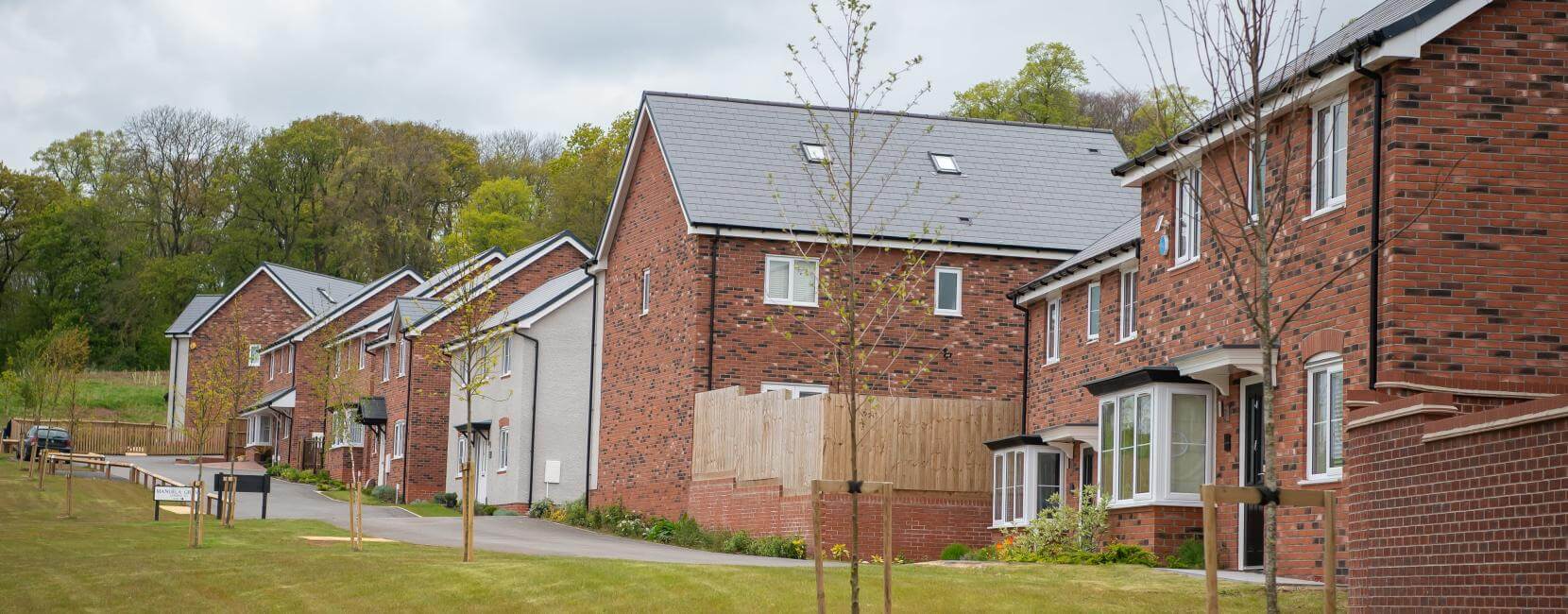As part of our ongoing commitment to providing you with everything you need to know about UK property, we’re introducing the Platform Property Market Update, reviewed quarterly to make sure you’re up-to-date and in the know.
After the slowdown the UK property market witnessed towards the end of 2023, 2024 has got off to a much stronger start, driven by a number of external economic factors and improving sentiment in the sector. Now, we’re looking at some of the key headlines in the current market, what happened throughout Q1 2024 and what to expect going forward.
Initial flurry of activity begins to slow down
The surge of activity we saw at the start of the year was driven by three main catalysts: cuts to mortgage rates, faster real wage growth and healthier employment rates - all of which created a much more positive sentiment throughout the market.
According to the Bank of England, mortgage approvals reached their highest level in 17 months during February, sitting just 7% lower than the average between 2017 and 2019. This was driven by cuts to mortgage rates, which catalysed market activity. Now, with mortgage rates back to late December levels due to uncertainty around when an interest rate cut may occur, it’s unlikely this activity will continue.
Transactions are also subduing. While Q1 largely saw more sellers putting their home on the market than in recent months, buyers are still facing constraints due to affordability. Supply seems to be increasing and demand is remaining consistent, which may cause slower price growth and temper transactional activity.
House price index show a varied picture
Various external factors have contributed to a relatively negative sentiment around the UK property market - with uncertainty around mortgage rates, a slow economy and the cost-of-living crisis still having a huge impact.
The general consensus was that 2024 would be a corrective year for house prices, with most regions forecasting declines before rising again next year and beyond.
Data from the Land Registry suggests we’re seeing this come to fruition. The average UK house price has fallen month-on-month since August 2023 where it reached highs of £286,492. As of January 2024, it had decreased by nearly 2% to £279,444, almost identical to where it was a year previously.
Fortunately, February showed positive signs of recovery and the average property price has increased by £1,216. While this may simply be an uptick due to the activity mentioned above, it’ll be interesting to see how the jobs market may support further growth.
In terms of specific property types, data suggests that apartments and detached houses have fallen in price year-on-year, while semi-detached and terraced houses have seen positive price growth in the same timeframe.
Inflation still restricting buyers
With inflation still above the 2% target set out by the Bank of England, consumer buying power remains restricted. Experts agree that until inflation falls, homebuyers are facing limitations in what they can buy, naturally resulting in a smaller housing market.
It’s these ongoing affordability changes that are making a return to the heights of 2021 and 2022 unlikely, where the ‘race for space’, stamp duty cuts and naturally higher savings as a result of the pandemic led to an unprecedented level of activity.
Growing optimism amongst housebuilders
While construction forecasts remain the same, there’s hope amongst housebuilders that stability in house prices and some certainty around mortgage rates may alleviate affordability challenges, which will stimulate an increase in construction starts and completions. It’s expected this will be a relatively slow transition but demonstrates some confidence returning to the market.
It’s also expected that 2024 will be a year of preparation, particularly due to the Future Homes Standard coming into play in 2025. These guidelines mean any homes built from next year onwards must have 75% to 80% less carbon emissions than homes built in 2013.
For housebuilders, this means introducing improved insulation, triple glazing and other features such as heat pumps which may increase construction costs. With this mind, it’s expected that housebuilders will spend 2024 preparing for this new standard to better protect their financial position.
What can we expect going forward?
For homebuyers - particularly first time buyers - 2024 is a year largely dictated by how quickly wages outpace inflation, when a cut may happen and how the general election impacts overall affordability.
According to Lloyds Bank, we’re unlikely to see the number of first time buyers in the market decline during 2024 compared to 2023 figures. This is largely due to a shift in buying behaviour - 61% of buyers are now prepared to move to a different part of the country to buy their first home and 46% are willing to consider property that is 1/4 smaller than their ideal size.
The same data suggests that demand for shared ownership properties will increase in 2024, as the scheme continues to be a great option for buyers facing affordability challenges. As always, supply and demand will dictate the shared ownership market, as it does the wider sector, and it’ll be important to see how ongoing supply meets this potential demand.







